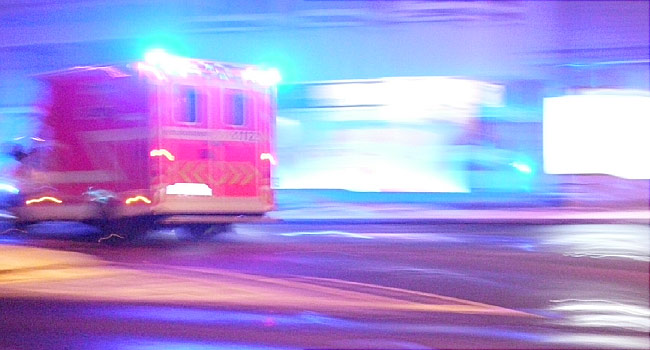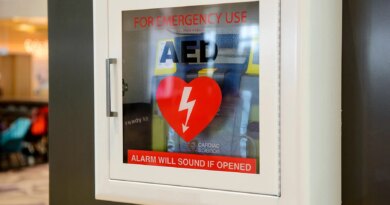COVID Nightmare in L.A. As Emergency System Falters
[ad_1]
Jan. 6, 2021 — As cases of COVID-19 continue to surge in Los Angeles County, first responders have been directed not to take cardiac arrest patients to the hospital if they can’t be resuscitated in the field and to conserve the region’s dwindling supply of oxygen supplies.
The Emergency Medical Services Agency of Los Angeles County issued the new guidance Monday. As of Tuesday, the county has reported 840,611 coronavirus cases and 11,071 deaths. Southern California remains at 0% ICU capacity.
The edict puts paramedics, firefighters, and other first responders in a difficult position, but one they are prepared for, says Marc Eckstein, MD, medical director of the Los Angeles Fire Department and commander of the EMS Bureau for the city of Los Angeles, which serves more than 4 million residents.
“We aren’t asking our first responders to play God out there,” Eckstein says. “We are not asking our EMTs and paramedics to determine who will live and die and who gets care.”
Rather, under the new directive involving cardiac arrest patients, “our EMTs and paramedics will attempt resuscitation the way they have always done. The only difference is, after 20 minutes and [if] not resuscitated, they will not be transported, with few exceptions.”
Before COVID, he says, ”there was a lot more discretion on the part of the paramedics to transport cardiac patients whose onsite cardiac resuscitations weren’t successful. And sometimes they didn’t stay on scene for 20 minutes, and transported [patients while] doing CPR.”
The guidelines used under the new directive are well-defined, Eckstein says.
In recent years, he says, research has shown that cardiac patients who have no pulse when they arrive at the hospital are very unlikely to have a meaningful recovery and are likely to remain in a vegetative state.
The other directive issued Monday, dealing with the region’s oxygen supply, says: ”Given the acute need to conserve oxygen, effective immediately, EMS should only administer supplemental oxygen to patients with oxygen saturation below 90%.” And when the oxygen level is below 90%, the minimum amount of oxygen needed to maintain the saturation at or just above 90% should be given, the directive says.
A saturation of 90% is deemed enough to maintain tissues normally. The directive has some exceptions, such as the use of oxygen for continuous positive airway pressure (CPAP), carbon monoxide poisoning, and other conditions.
”One issue is the availability of portable [oxygen] tanks,” says Marianne Gausche-Hill, MD, medical director of the Emergency Medical Services Agency for Los Angeles County. Her agency is working with vendors and others to correct the shortage.
[ad_2]
Source link



